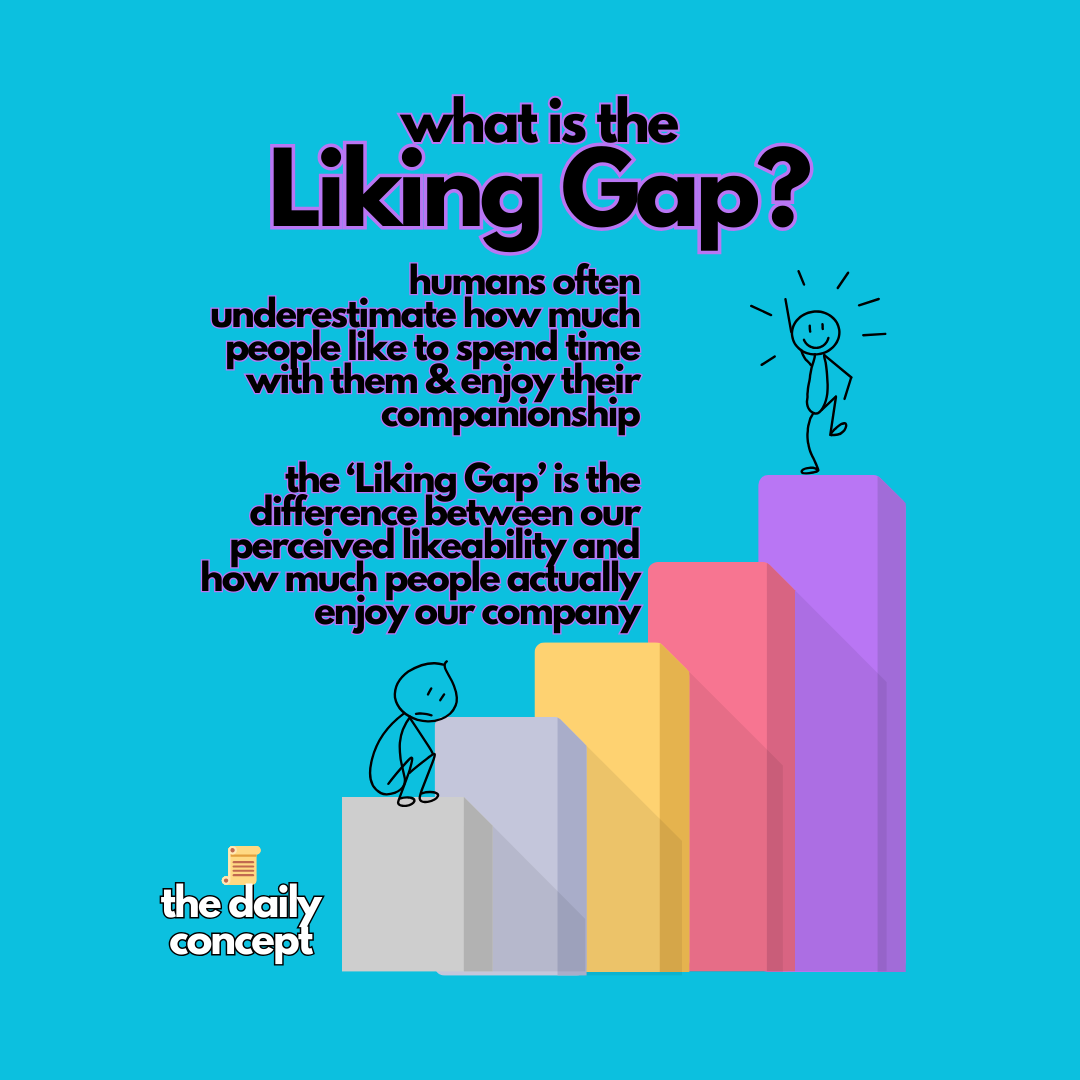Introduction
You board a train, slide into your seat, and prepare for a quiet ride. Suddenly, the stranger next to you asks, “So, heading home or heading away?” Before you know it, you’re knee-deep in a conversation about their dog, your weekend plans, and the existential meaning of train travel. Why does this happen? Why are trains, buses, and airplanes hotbeds for spontaneous human connection?
Psychologists have long been fascinated by the stranger-on-a-train phenomenon—the curious, fleeting intimacy we sometimes feel when chatting with people we’ll likely never see again. Far from being just small talk, these interactions reveal profound truths about social psychology, loneliness, and human well-being.
Read More: Empathy
The Stranger-on-a-Train Phenomenon
The concept was first introduced by Stanley Milgram in the 1970s, who observed that people sometimes disclose deeply personal information to strangers during short, ephemeral encounters (Milgram, 1974). Unlike conversations with friends, these chats are low-stakes: you can reveal secrets without fear of long-term consequences.
It’s a bit like emotional karaoke—you can belt out your thoughts freely because tomorrow, no one will remember.
Why Strangers Are Surprisingly Safe
Talking to strangers can feel oddly safe. Here’s why:
- No long-term risk: You probably won’t see them again, so there’s less fear of judgment.
- Fresh perspective: Strangers bring novelty—they don’t know your backstory.
- Psychological anonymity: Being anonymous in a crowd paradoxically encourages openness.
This is the same principle behind confessions to bartenders, hairstylists, or even taxi drivers. They’re strangers, yet trusted confidants in the moment.
The Social Benefits of Talking to Strangers
Research consistently shows that interactions with strangers boost well-being. Sandstrom and Dunn (2014) conducted field experiments where commuters on trains and buses were instructed to talk to strangers. Contrary to participants’ expectations, those who engaged in conversations reported higher levels of positive mood and satisfaction compared to those who kept to themselves.
Another study found that even brief social interactions—like chatting with a barista—contribute to feelings of belonging and happiness (Epley & Schroeder, 2014). Humans are social animals; even micro-connections count.
The Paradox of Expectation vs. Reality
Here’s the twist: most people expect that talking to strangers will feel awkward, unpleasant, or unwanted. Yet when they actually do it, they enjoy it far more than anticipated (Epley & Schroeder, 2014).

Psychologists call this the “liking gap”—the tendency to underestimate how much other people like us after a first meeting (Boothby et al., 2018). Basically, we think strangers won’t care, but they usually do.
The Perfect Setting
So why do trains, buses, and planes make people especially chatty?
-
Shared liminality: Everyone is “between places,” suspended in time. This creates a sense of solidarity.
-
Predictable boundaries: The interaction has a built-in ending (the stop, the station), which lowers social risk.
-
Mild boredom: Without distractions, we’re more open to conversation.
In short: the train is a social pressure cooker, but in a friendly way.
When We Don’t Talk
Of course, sometimes we avoid strangers. Earbuds, phones, and laptops create invisible “do not disturb” signs. Research shows that urban environments encourage people to keep their heads down, a phenomenon sometimes called civil inattention (Goffman, 1963).
But avoiding strangers may come at a cost. Chronic isolation and loneliness are rising in many societies, and skipping small opportunities for social contact can subtly erode our sense of community.
The Hidden Psychology
Talking to strangers isn’t just chit-chat—it often involves surprising levels of self-disclosure. Jourard (1971) argued that self-disclosure is essential for intimacy and psychological well-being. Strangers provide a low-risk testing ground: you can reveal thoughts, try out new ideas, or vent frustrations without consequences.
This explains why some of the most honest conversations happen in transit, where both parties are anonymous passengers in life’s waiting room.
The Role of Culture
Not every society encourages train talk. In Japan, for example, silence on public transport is seen as a form of respect. In Mediterranean cultures, chatting with strangers may be more common and socially accepted.
Cross-cultural psychology suggests that attitudes toward strangers reflect broader values: individualistic cultures may emphasize personal boundaries, while collectivistic cultures may encourage social warmth even with non-family members (Triandis, 1995).
Technology vs. Train Talk
With smartphones in every pocket, train chatter has declined. Many people retreat into digital bubbles, scrolling instead of speaking. Yet some researchers argue that technology can also spark stranger connections—through dating apps, games, or shared online humor.
Still, face-to-face interactions appear uniquely powerful. Unlike texting, a stranger’s smile or laugh triggers immediate emotional contagion, making the interaction more rewarding (Hatfield et al., 1993).
Why We Should Talk to More Strangers
So why should we embrace these small social risks?
- Happiness boost: A chat can brighten your mood.
- Empathy training: Talking to diverse people broadens perspective.
- Community building: Small exchanges weave the social fabric.
- Serendipity: You never know where a conversation may lead.
In a world facing loneliness epidemics, these tiny moments matter more than ever.
A Playful Example
You’re on a train. The stranger beside you pulls out a sandwich that smells incredible. Instead of silently envying them, you say, “That smells better than my sad granola bar.” They laugh, you swap stories about travel snacks, and for 20 minutes, the world feels a little warmer.
That’s the psychology of connection—simple, fleeting, but powerful.
Conclusion
The stranger-on-a-train phenomenon is more than quirky small talk—it’s a window into human social needs. By lowering social risk, providing anonymity, and creating temporary solidarity, public transport fosters surprising intimacy. Research shows that these interactions increase happiness, belonging, and community.
So next time you’re on a train, don’t just plug in your headphones. Take the plunge. Ask a question. Make a comment. Share a smile. You might just find that a stranger-on-a-train chat is exactly what your psychology ordered.
References
Boothby, E. J., Cooney, G., Sandstrom, G. M., & Clark, M. S. (2018). The liking gap in conversations: Do people like us more than we think? Psychological Science, 29(11), 1742–1756. https://doi.org/10.1177/0956797618783714
Epley, N., & Schroeder, J. (2014). Mistakenly seeking solitude. Journal of Experimental Psychology: General, 143(5), 1980–1999. https://doi.org/10.1037/a0037323
Goffman, E. (1963). Behavior in public places: Notes on the social organization of gatherings. Free Press.
Hatfield, E., Cacioppo, J. T., & Rapson, R. L. (1993). Emotional contagion. Cambridge University Press.
Jourard, S. M. (1971). Self-disclosure: An experimental analysis of the transparent self. Wiley.
Milgram, S. (1974). The experience of living in cities. Basic Books.
Sandstrom, G. M., & Dunn, E. W. (2014). Social interactions and well-being: The surprising power of weak ties. Personality and Social Psychology Bulletin, 40(7), 910–922. https://doi.org/10.1177/0146167214529799
Triandis, H. C. (1995). Individualism and collectivism. Westview Press.
Subscribe to PsychUniverse
Get the latest updates and insights.
Join 3,030 other subscribers!
Niwlikar, B. A. (2025, September 7). Why People Talk to Strangers on Trains (and 4 Important Reasons Why We Should!). PsychUniverse. https://psychuniverse.com/people-talk-to-strangers-on-trains/



